Raised garden bed ideas – build raised planters now for productive, low-maintenance gardening
Versatile, decorative and practical, raised garden bed ideas widen the range of plants you can grow, and add a sculptural element to your outdoor space
- (opens in new tab)
- (opens in new tab)
- (opens in new tab)
- Sign up to our newsletter Newsletter
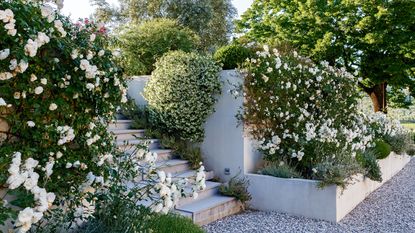

Our curated selection of the best raised garden bed ideas will help you to unlock your garden's true potential.
Raised beds or planters can be permanent yet beautiful garden ideas for perennial plants, fruit and vegetables to settle in and mature. What's more, a raised bed growing system brings many benefits to the garden. You can use them to grow your favorite flowering plants – but they are particularly useful when it comes to growing fruit and vegetable.
After initial set up, a raised bed should reduce your workload. After the initial cost of getting your raised bed set up, they are no more expensive – or difficult – to maintain than traditional flower bed ideas.
What is a raised garden bed?
A raised bed garden was made popular by the late Geoff Hamilton, best known as presenter of BBC television's Gardeners' World in the 1980s and 1990s, but its history goes back to medieval times.
The principle of a raised garden bed, or deep bed growing, is to increase the depth and fertility of soil while avoiding any compaction, to keep the growing medium light and airy. This means you can grow crops at closer spacing, and so you get more from a given patch of soil – perfect when planning small garden ideas.
Other benefits include better drainage on heavy soils, and better access for planting, maintenance and harvesting. It is certainly worth the effort learning how to build a raised garden bed as they offer endless possibilities, and they are so easy to include in any backyard.
Raised garden bed ideas
Our beautiful raised garden bed ideas will help you design and create a raised garden bed or planter in your outdoor space, no matter its size or shape.
1. Find a sunny spot for your raised bed garden

'The first thing to consider when building a raised bed garden is to choose the right site,' says celebrity gardener Monty Don (opens in new tab).
To create your raised bed garden design, choose a sheltered but sunny position. 'Plants all have their own individual needs in terms of sunlight, so you can’t position sun-loving species in deep shade and vice versa.'
Gardening expert Gardener Scott (opens in new tab) says that many gardeners make this mistake. Garden beds are 'not magical', he says. 'They can't overcome the wrong spot. If you've put your raised bed under a tree in full shade, and your plants aren't doing so well, it's probably not because they're in a raised bed, but because they're in the wrong location.'
2. Build a wall around a raised bed
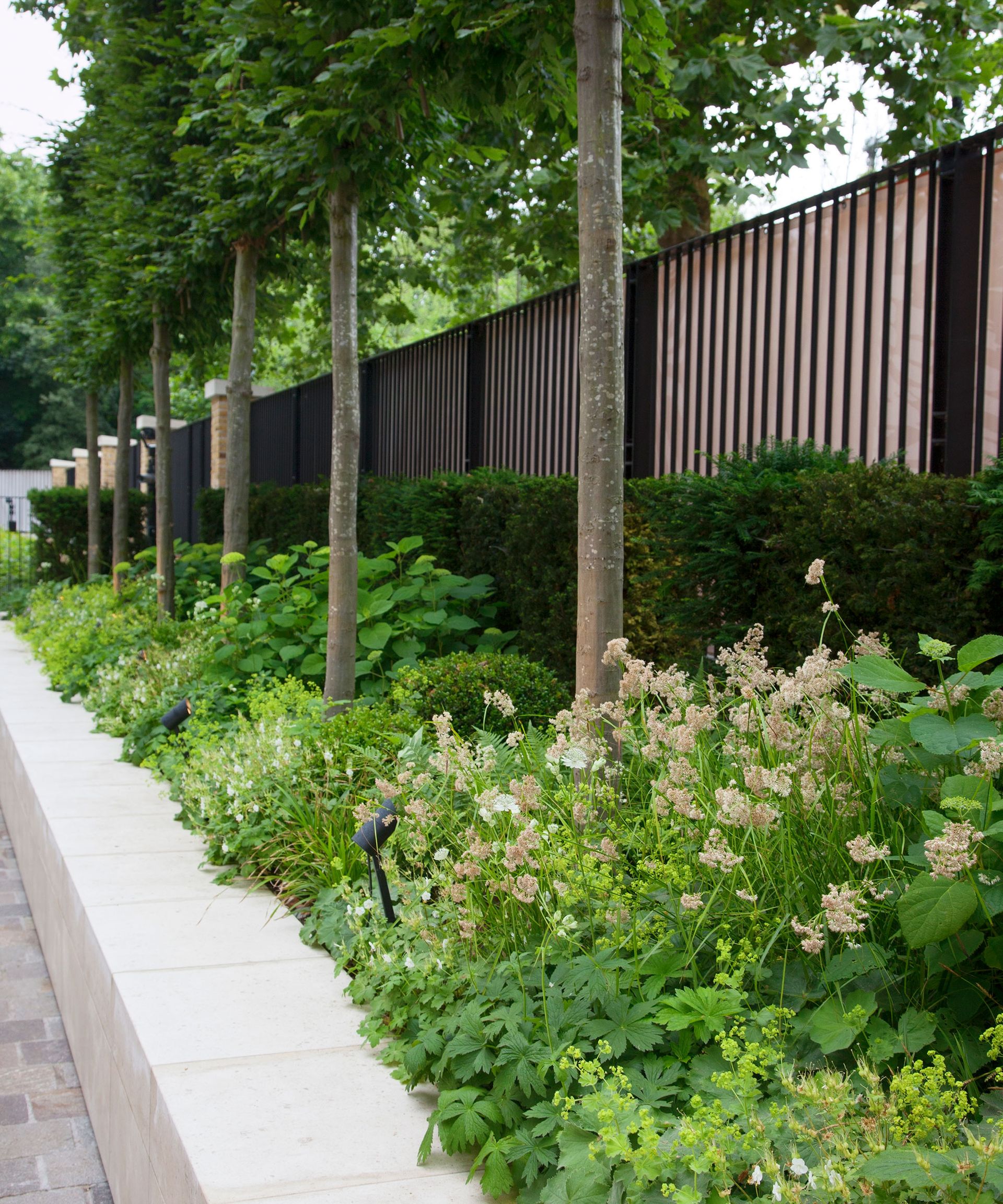
Taking inspiration from rock garden ideas, adding a wall around the edge of raised beds means the soil won’t wash away so easily.
You can increase the depth by raising the height of the edging and adding more soil and compost. This deepens the bed and raises the growing surface, hence the name ‘raised bed’. For those who struggle with bending, it makes tending crops easier.
3. Never walk on raised beds
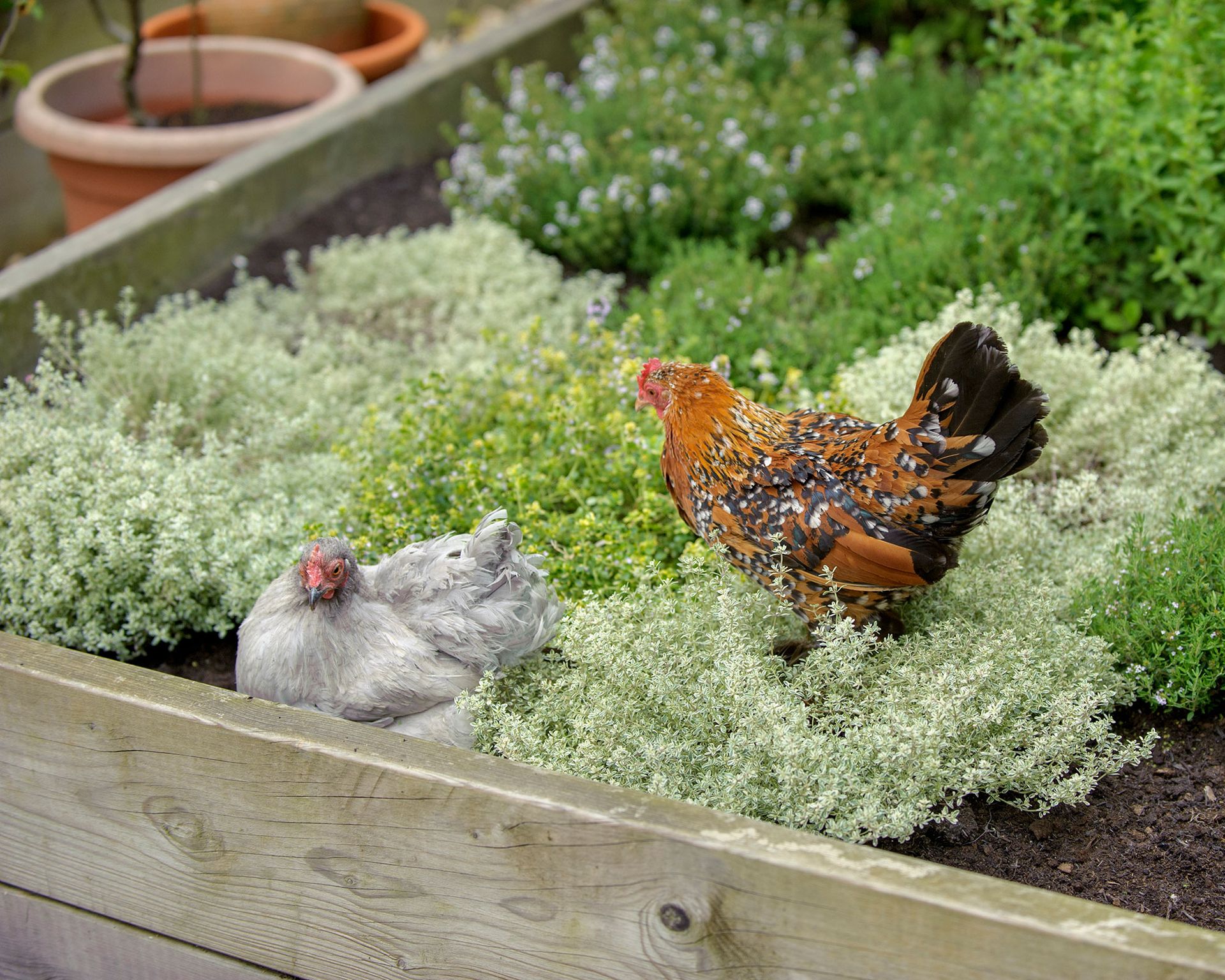
Raised bed soil is never walked on, so the beds need to be of a size where you can easily reach the middle while on the path – 4ft (1.2m) is a standard width, but taller gardeners can extend this up to 6ft (1.8m).
4. Grow an abundance of crops with a raised bed planter

If you only have a small patch for edible crops, a raised bed system will allow for more intensive cropping, allowing you to create a small vegetable garden even in a compact space. More plants can be packed into the area compared to traditional growing, generating higher yields from the space even when the linking paths are taken into account.
Carefully dig the soil inside this area to at least a ‘spit’ or spade’s depth, working backwards (so you don’t stand on dug soil), mixing in well-rotted garden compost, well-rotted manure or bagged multi-purpose compost. Don’t use well-rotted manure if you plan to grow root crops like carrots in the first season, as it can make them fork.
5. Dig deep for the perfect raised bed

Dig the soil deeply – 4ft wide by 8ft long (1.2 x 2.4m) – adding plenty of compost before positioning and filling your raised bed. Anchor the edges with pegs driven deep into the soil to prevent the bed from shifting and neaten everything with garden edging ideas.
6. Create a raised bed border
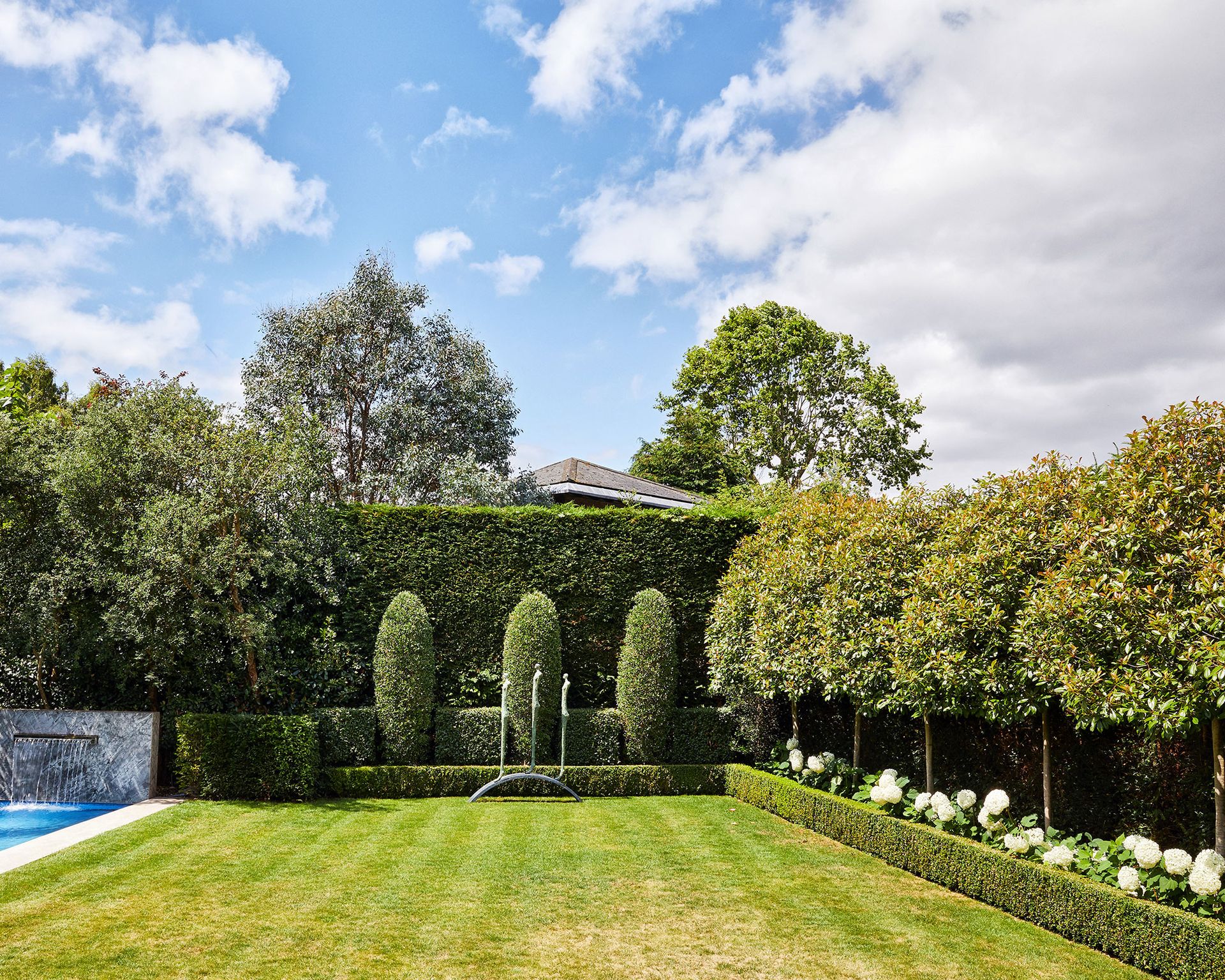
Raised beds are a smart option if you're looking for sloping garden ideas. By building up the beds at their lowest sections you can create the illusion of a level garden.
Make sure your raised beds are wide enough so that you have plenty of room for pretty perennials that will provide enticing colors, sounds, scents and textures, designed to delight, much like a sensory garden.
7. Be mindful of the timber you use to build a raised bed

Never use untreated timber to build your own raised beds, as it will quickly rot and need replacing. Treated timber can last up to 15 years with relatively little maintenance in-between.
8. ... and don't forget about the surrounding area
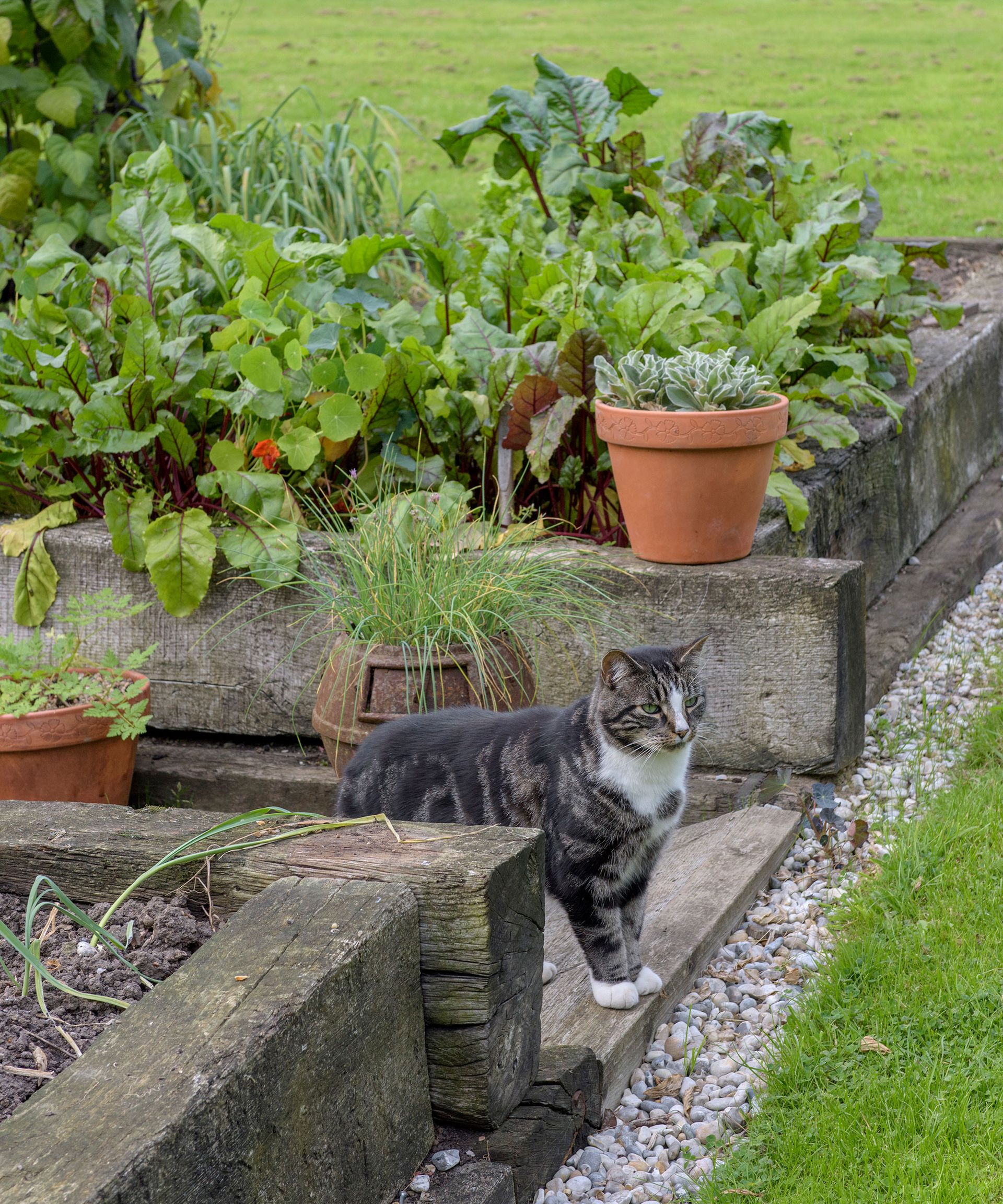
Don’t leave grass paths around the raised bed, which will turn into mud and encourage weeds. Cover the ground with weed control fabric and mulch the surface with bark, stones or wood chippings.
9. Perfect your planting technique
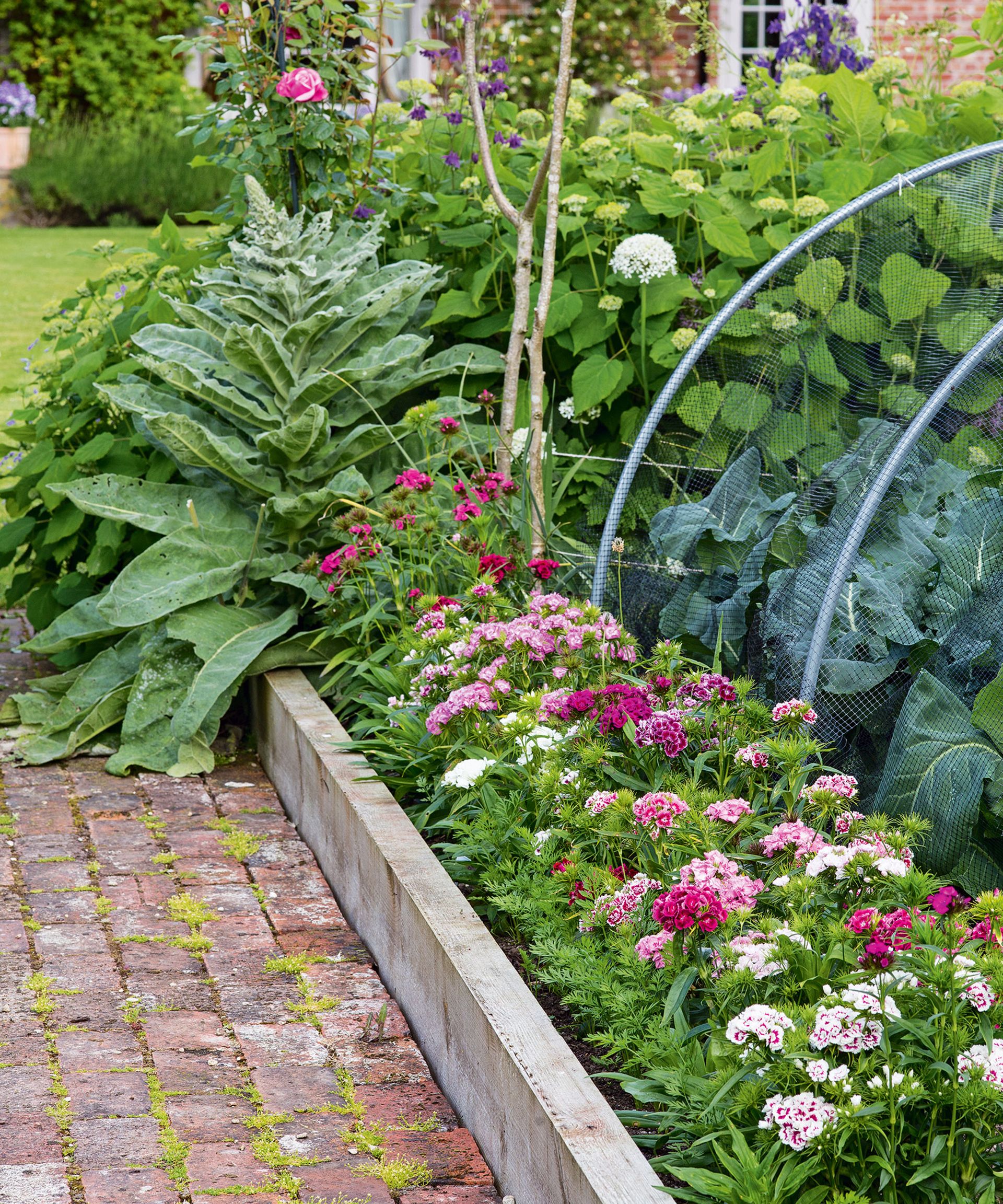
Planting a raised bed takes a certain amount of care. When planning how to plant a flower bed, in general, normal mature plant spacing (as recommended on the back of seed packs) can be reduced by a quarter (25%) for a raised bed.
Use diagonal/alternate spacing between rows to maximize the useable area, and try cropping techniques such as picking the outer leaves of lettuces and leaving the rest to grow on, and intercropping slow-growing vegetables with fast-growing salad leaves or radishes.
Combining these techniques will give you the best results and help you to get the most out of your raised border.
10. Embrace the advantages of a raised bed garden
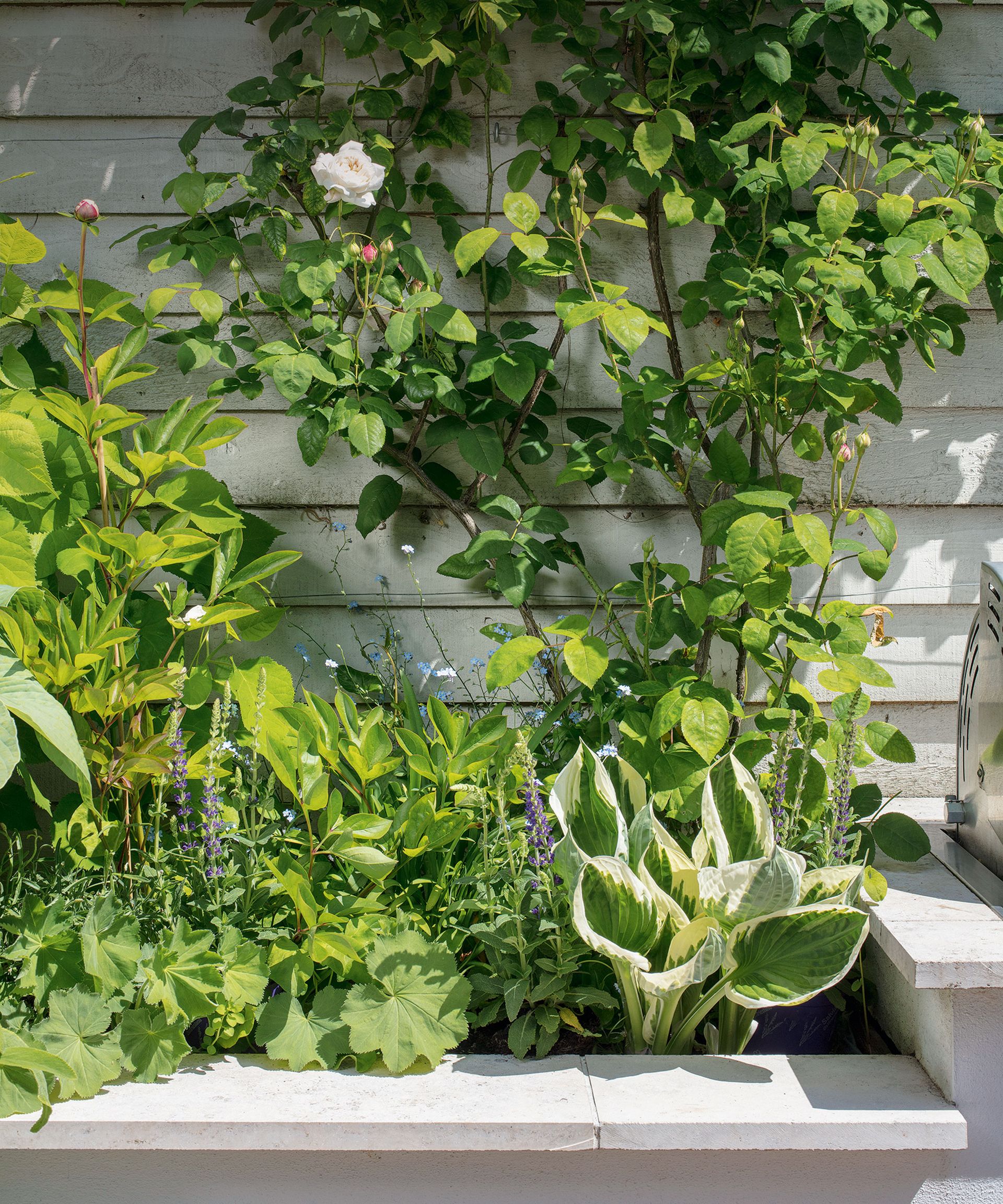
Raised beds have a particular advantage where the soil is exhausted or suffers from poor drainage. It’s much easier to work on a small raised area than attempt to improve the soil conditions across the whole site. Weeding is made easier, too, by having access to the bed from all sides, and they make a great, compact base for vertical garden ideas.
Some gardeners advocate raised beds because they believe in the ‘No Digging’ policy. The idea is to build up the soil with layers of compost so that, over the years, a rich, absorbent texture is produced, which will hold moisture and plant nutrients, requiring little labor and leaving the soil undisturbed.
This can even work for patio planting ideas, like the raised bed built into the edge of a patio space above.
11. Create a sweeping statement

Make your raised bed the hero of the garden. The rendered walls of this design have been painted in a hot and vibrant shade of orange.
Creating raised beds that step up dramatically from ground level, and adding plants and a trellis whose colors and textures contrast with the walls, lends immediate drama to this small courtyard garden idea.
How deep should a raised bed garden be?
A deep bed is simply a deeply worked patch of soil, typically 4ft wide by 8ft long (1.2 x 2.4m), improved and thickly mulched with garden compost, well-rotted manure or bagged compost. This creates a bed that is moulded above the surrounding path, as you can see below in the deep terracotta beds inspired by Mediterranean garden ideas.
Having created the bed, you should never stand on it. It’s narrow, so you can easily reach into the centre from either side without standing on the soil. Standing on the soil squeezes the air out of it and leads to compaction, which slows plant growth. The length of 8ft (1.2m) gives enough space to grow most crops without you having to walk too far to get to one side to the other.

What is cheapest way to make raised beds?
Bricks and mortar can be used to make long-lasting raised beds, but will cost more, and need specialist tools and DIY skills to get started. Railway sleeps last week too, but are heavy and difficult to cut to size.
Pressure treated timber is the most common material for raised beds, it’s relatively cheap, easy to work with, and should last up to 10 years. You can buy lengths of timber to make bespoke beds to suit the location, but often the easiest way to get started is to buy a raised bed kit.
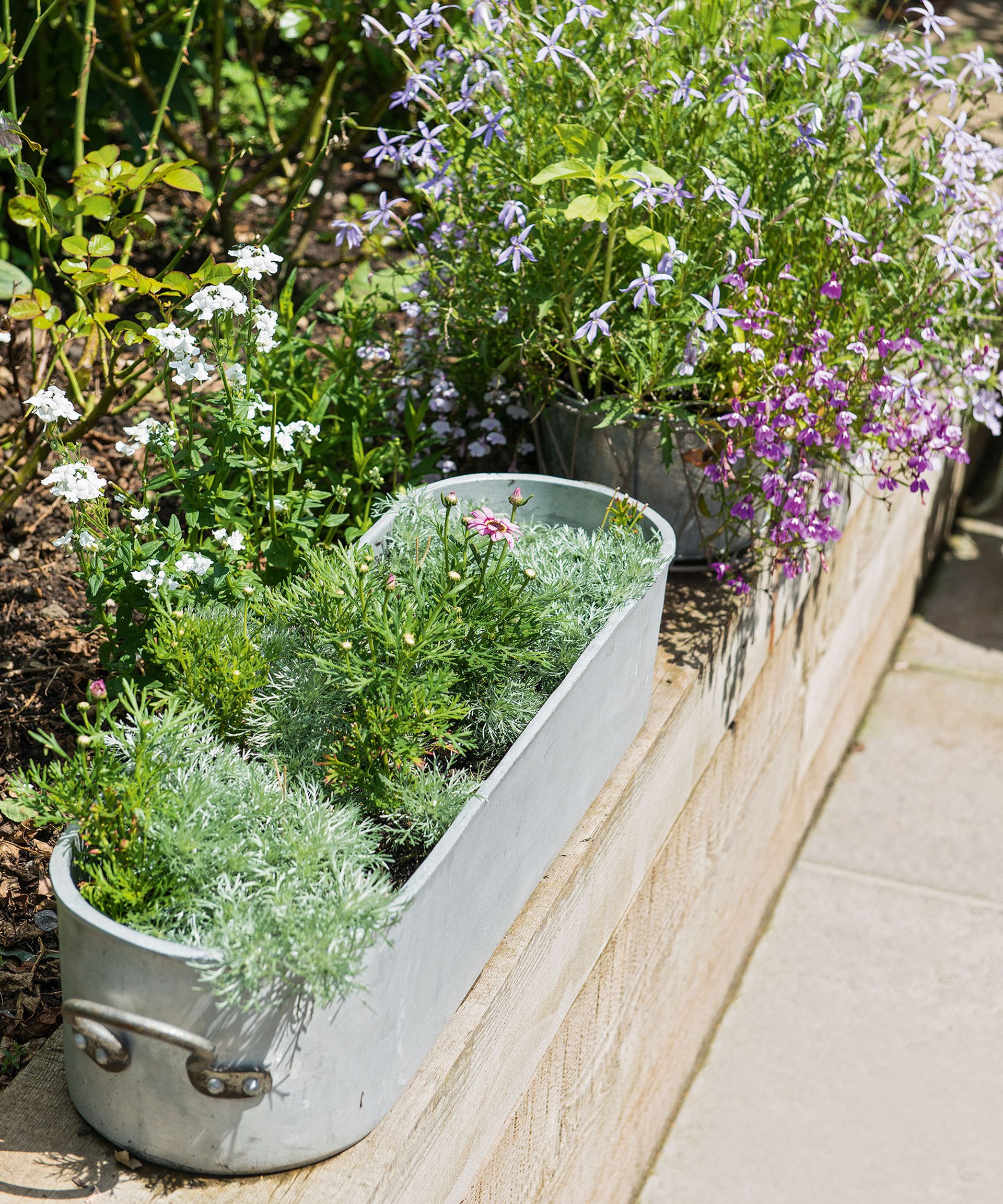
What can I grow in a raised bed?
Raised beds are extremely versatile, and will accommodate a wide range of flowers, fruit and vegetable varieties. Some people use them to grow decorative flowers for indoor arrangements. Raised beds are also good for growing alpines, which like free-draining soil and a dry garden.
Most gardeners stick to kitchen garden ideas and cultivating crops; raised beds are ideal for root vegetables such as carrots and parsnips as they are relatively free of stones that can cause split or twisted roots.
Most vegetables will grow well, (onions will love the free-draining soil and generous amounts of added organic matter), and so will soft fruit such as strawberries and currants.
If you have chalky soil and want to grow blueberries, why not fill your bed with ericaceous compost and put in a few bushes?
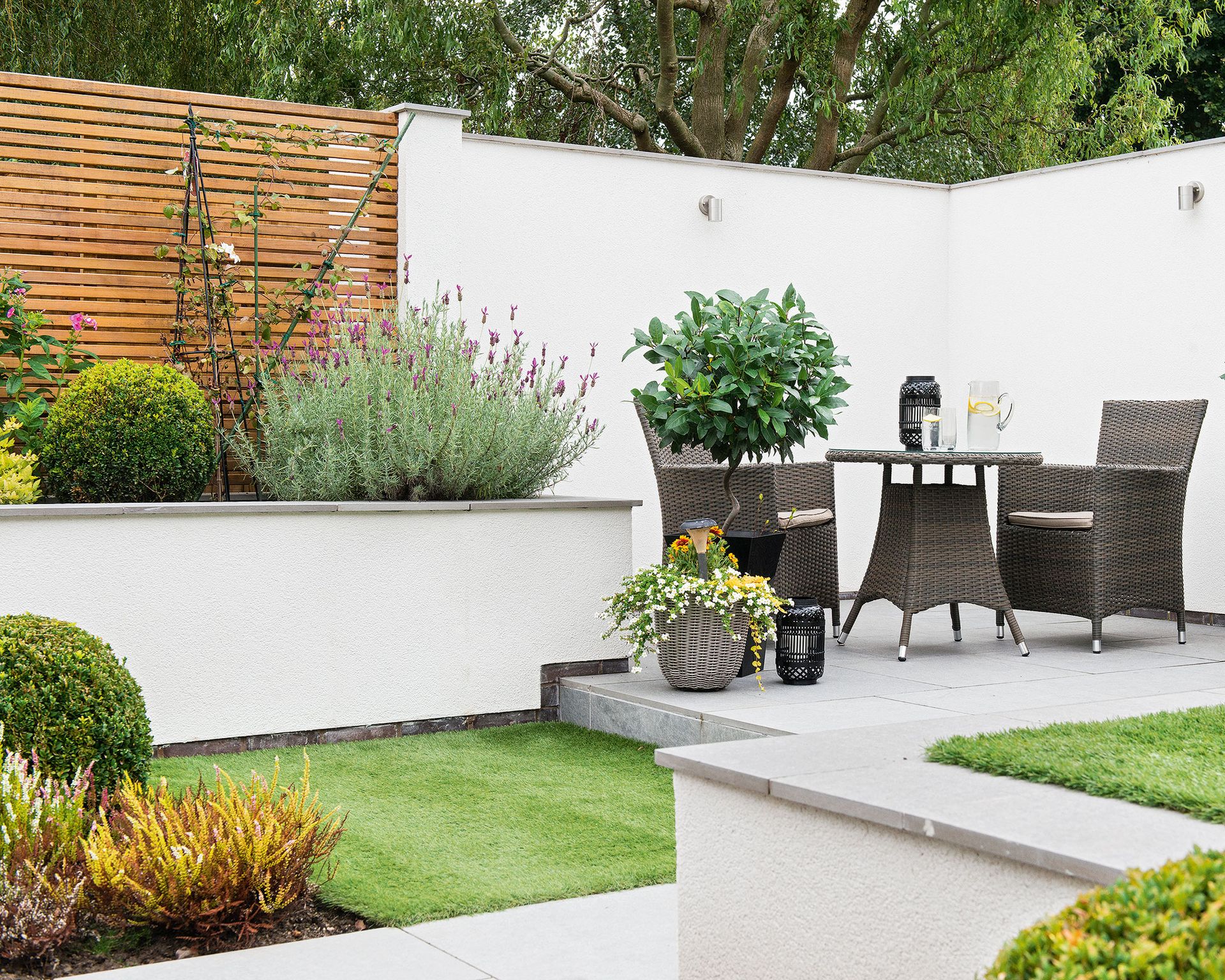
What do I put on the bottom of a raised garden bed?
You can fill the bottom of a raised garden bed with a number of organic materials, including straw, grass clippings, wood chips and leaves. Place cardboard – or any suitable weed barrier material – over this organic layer, weighing it down with a few bricks or pegs.
This will allow the organic material to turn into rich compost, into which you can mix soil for a rich growing environment. Usually, you would aim for a mix of 30% compost, 60% top soil and 10% potting soil – the latter will help drainage.

Jennifer is the Digital Editor at Homes & Gardens. Having worked in the interiors industry for a number of years, spanning many publications, she now hones her digital prowess on the 'best interiors website' in the world. Multi-skilled, Jennifer has worked in PR and marketing, and the occasional dabble in the social media, commercial and e-commerce space. Over the years, she has written about every area of the home, from compiling design houses from some of the best interior designers in the world to sourcing celebrity homes, reviewing appliances and even the odd news story or two.
-
-
 How to organize a sock drawer – 10 ways to sort socks in style
How to organize a sock drawer – 10 ways to sort socks in styleLearn how to organize a sock drawer so you find your perfect match every time
By Tara King • Published
-
 11 space-saving organizing tips professional use in every small living room
11 space-saving organizing tips professional use in every small living roomThese space-saving tips will free up functional space in any small living room
By Chiana Dickson • Published

